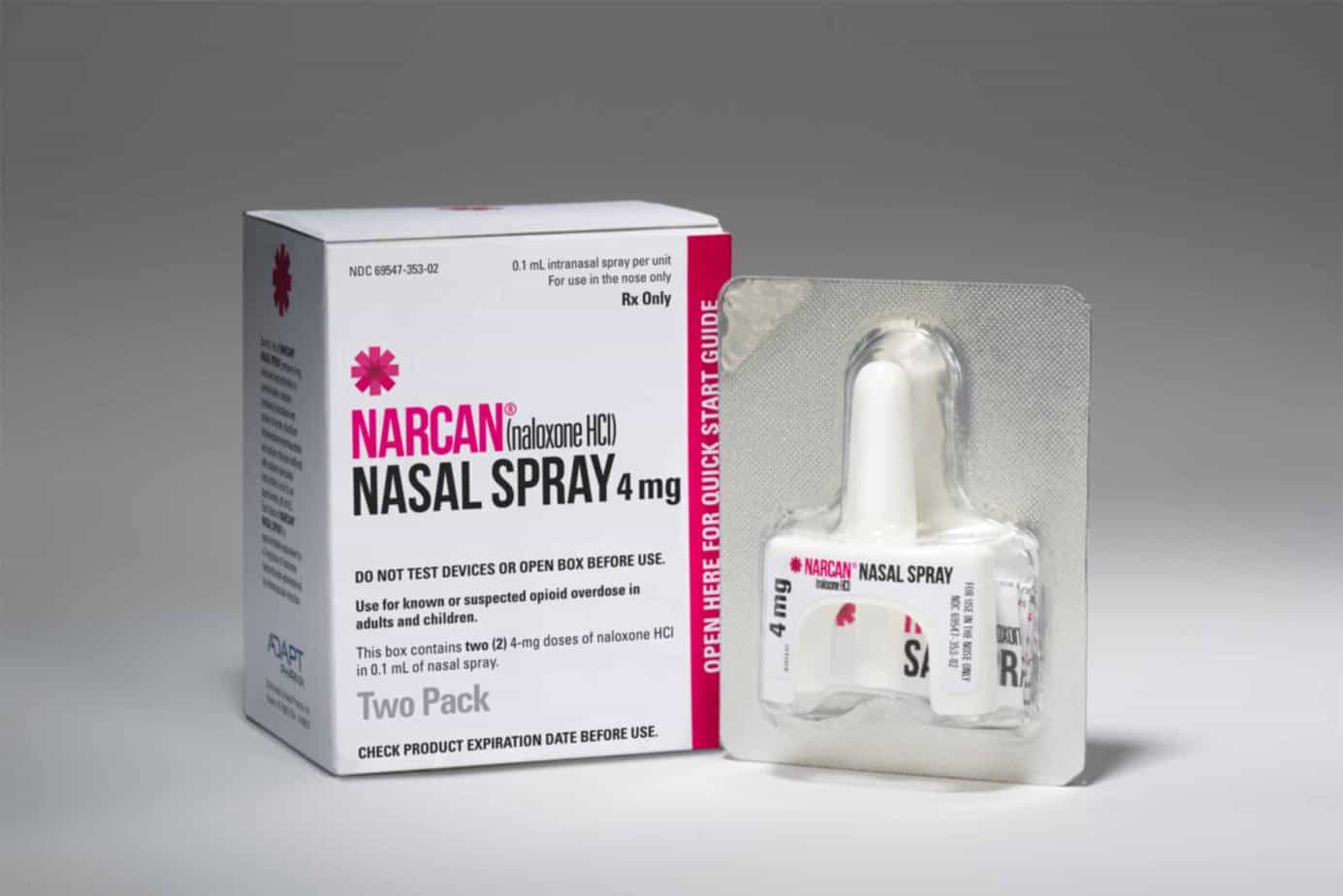Do you have trouble expressing your emotions with loved ones? Pull away when someone tries to get close to you? Or—you might be the opposite where you crave intimacy and need constant reassurance from your partner. In some cases, you might go back and forth between wanting to be loved and avoiding love. According to attachment theory, it is because people have different attachment styles.
What is Attachment Style Theory?
Attachment is an emotional bond with another person and the “style” part is a specific pattern of behavior in and around relationships.
The theroy was presented in 1969 by by psychologist John Bowlby and later expanded on by developmental psychologist Mary Ainsworth. Attachment theory explains that early experiences in childhood play a huge part in influencing development and behavior later in life. Throughout the decades, attachment theory has transformed into a way of understanding how people interact and experience emotions in relationships, often with a specific emphasis on exploring negative emotions.
Bowlby believed that infants are born into the world biologically programmed to form attachments with others to help them survive. If you had a caregiver who was attentive and reliable then you are likely to have secure relationships. If the parent’s care was inconsistent or they were emotionally distant, then you probably formed an insecure attachment style.
What is My Attachment Style?
Your attachment style impacts the relationships you form as an adult. Each style exists on a spectrum so you may not identify fully with one style, or you may fluctuate occasionally. We break down the four attachment styles below:
1. Ambivalent/Anxious Attachment
Anxiously attached adults tend to have a negative self-view, but a positive view of others. They fear abandonment and get anxious about the thought of being apart from their significant other. If you are extroverted as a child, seeking attention from others, you may develop an anxious attachment style as an adult.
2. Avoidant/Dismissive Attachment
These adults prefer to rely on themselves to get things done. Often remain guarded, and skeptical of being vulnerable with others. They minimize problems as they come up in the relationship and can feel aloof at times.
3. Disorganized Attachment
If you have this type of attachment, you might be absorbed trying to make sure your relationship is perfect. You may oscillate between anxious and avoidant attachment depending on your mood and circumstances. As a result, someone with this attachment style often displays perplexing and unclear behaviors within their social interactions. There is trauma usually involved in this attachment style. If you had abusive relationships in the past, you may subconsciously try to recreate those relationships while hoping for a different outcome. These behaviors can be labeled as trauma imprints, and often continue a cycle of trauma and reinforce negative beliefs we have about ourselves.
4. Secure Attachment
This person is comfortable and balanced in expressing emotions and being vulnerable, while also being able to support loved ones when help is needed. They have a good awareness of their own needs and can help others without struggling with boundaries. There will still be moments of anxiety or avoidance, but more often than not, they are secure in the relationship.
If you would like to figure out which attachment style you have, start by reflecting on the way you respond when friends, family members, or partners attempt to get close to you. Do you often feel anxious or cornered around that person? When you are away from your partner, do you find yourself persistently concerned about the relationship? You might have cognitive distortions about your friendships or romantic relationships, such as catastrophizing, which means you jump to the worst possible conclusion for any situation. As well as possible negative beliefs about yourself in relationships such as: “I’m not worthy,” “I can’t be loved,” “I’m broken,” etc… Being mindful of these types of thoughts and behaviors may help you identify which attachment style you have.
If you are having trouble identifying, more help is likely needed to understand how your past experiences are impacting you in the present. To know for certain, it is best to work with a therapist and complete an adult attachment theory questionnaire and a more in-depth assessment.
How Attachment Styles Develop
Throughout childhood, the interactions between you and your caregiver play a pivotal role in shaping your attachment style. Secure attachment tends to result from consistent and responsive caregiving, fostering a sense of safety and trust in your relationship. Your caregiver is probably attuned to your emotions, helps you work through them, and is a source of comfort during times of distress.
On the other hand, insecure attachment may develop when caregivers are inconsistent or unavailable, leading to anxious, avoidant, or disorganized attachment patterns. This happens when your caregiver rejects your emotional expressions or they may be nurturing on certain days, and other times, they are unresponsive. This creates a lot of confusion for children.
These early attachment experiences create a blueprint for how you approach and form relationships later in life, influencing your emotional regulation, communication patterns, and overall relational dynamics.
What is the Link Between Addiction and Attachment Disorder?
Not everyone with an insecure attachment style will develop an addiction, but you may have a higher likelihood. If you have an attachment disorder, you might find it challenging to build healthy relationships with other people and handle your feelings, and this is where some fill that void with substances. Below are some ways substance use and attachment disorders are connected:
- Seeking Comfort and Security: Addictive substances or behaviors can be sought out as a way to seek comfort and security. In the absence of secure attachments, individuals may turn to substances or addictive behaviors to temporarily alleviate emotional pain or feelings of emptiness.
- Self-Medication: Individuals with insecure attachment patterns may use substances to self-medicate and manage symptoms of anxiety, depression, or other mental health issues related to attachment disruptions. Addiction can become a way of coping with unresolved emotional issues from early life.
- Impaired Emotional Regulation: Insecure attachment can lead to difficulties in emotional regulation. Addiction may serve as a means to regulate emotions, providing a temporary escape from the challenges of managing intense or overwhelming feelings associated with attachment-related traumas.
- Repetition of Patterns: Individuals may unconsciously repeat relational patterns from their early attachment experiences in their adult relationships. This can extend to relationships with substances or addictive behaviors, perpetuating a cycle of seeking comfort and relief in ways that mirror early attachment dynamics.
- Insecure Attachment and Risky Behavior: Disordered attachment may contribute to an increased likelihood of engaging in risky behaviors, including substance abuse. The lack of a secure base may lead individuals to take greater risks in seeking pleasure or relief, even if it involves engaging in addictive behaviors.
The Importance of Being Securely Attached in Recovery
The first step in moving toward a secure attachment is getting educated on attachment styles. Research shows that just being aware of the four attachment styles can positively influence your relationships. Secure attachment also contributes to the development of a positive self-image and resilience, essential elements for maintaining sobriety. Some of the ways to start improving your attachment style can include:
- Reflect and analyze. Try journaling about your responses to moments that come in your daily life. Do you notice any patterns such as being too enmeshed or too avoidant with the other person? Are there any harmful beliefs in your daily thoughts that negatively impact your mood?
- Talk to your healthy attachments. This can be people, such as friends or family, about what they observe in your relationships with others.
- Build your self-esteem. Push yourself outside your comfort zone a bit. Reframe any negative self-talk to positive self-talk. Give yourself the same kind of compassion you’d give another.
- Work with a therapist. Through techniques such as reflective dialogue, a therapist can help you understand and reframe early attachment experiences. Therapists may work on enhancing emotional regulation and communication skills and building self-awareness to move toward secure attachment.
Change takes time and dedication so don’t give up. It’s important to improve the relationship you have with yourself before being able to start or repair relationships with others.
Working Through Unhealthy Attachments in Your Relationships
You will have limited success in improving your relationship with others if you force change or try to rescue others without an invitation. A good place to start is using “I” Statements to express how you would like to improve yourself. This provides an invitation to others to be vulnerable and share their assessments on areas for growth. If this does not work, being direct about your intentions and goals for the relationship, and how you would like to make time to have a more in-depth conversation is the next invite you give to your loved one. If there continues to be a struggle to start a conversation, professional help may be needed.
Through family or couples therapy, a professional can help collaboratively identify areas for growth both at an individual level and as a whole system, and then act as a coach to guide you and your loved ones to use positive communication to find your solutions.
The process of healing and growing is emotionally taxing, and it can be discouraging if attempts to repair with others feel unsuccessful. You can be sad that a relationship is not working but also feel relief that after trying you have gained insight the best option to continue to heal is for a relationship to end. This only leads to the potential of new healthy attachments forming. Understanding attachment theory, and seeking out help if you need it, is a crucial step in forming healthier relationships in recovery.
If you or a loved one is struggling with addiction, Mountainside can help.
Click here or call (888) 833-4676 to speak with one of our addiction treatment experts.

 By
By 







